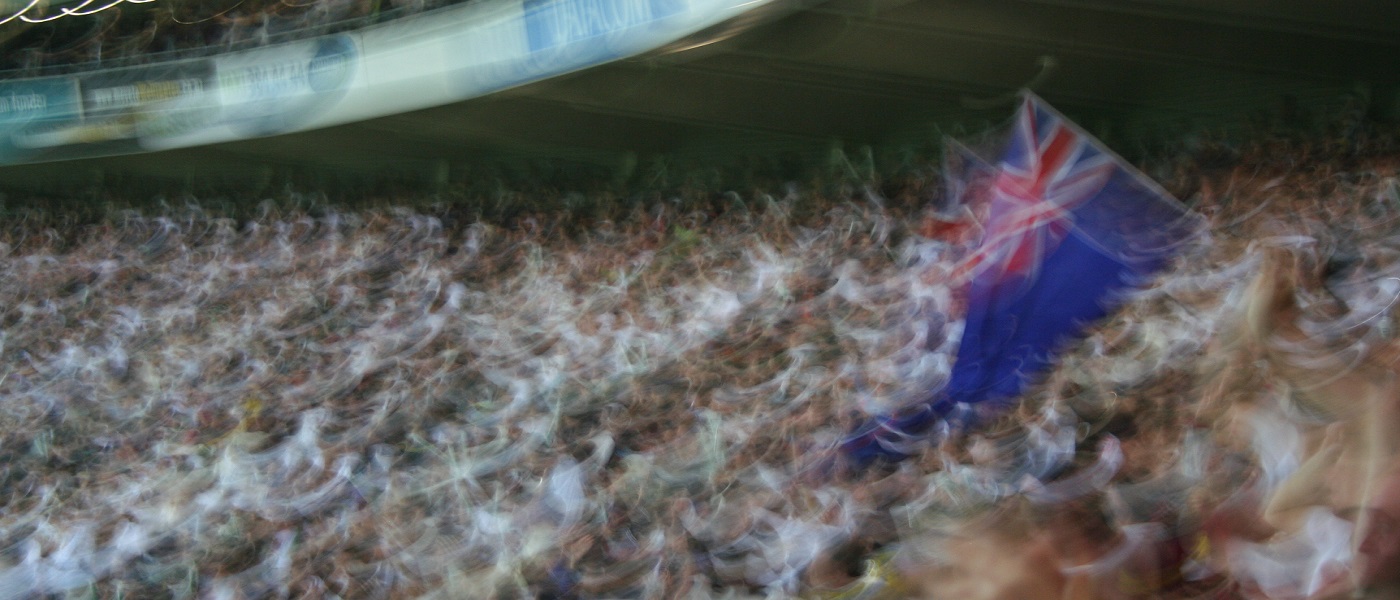
When embarking on a change in your sport, you can break the process into three key stages – why are you changing, what are you changing and how to change.
Why is the change necessary?
The why provides you with the guiding principles to focus all change on.
Be open and agile – in defining the change you may find that you end up in a different place than where you expected. Delay defining solutions until you have a clear understanding of the why as you will be expected to continually justify any changes.
“What does success look like?” is a great question to ask your participants to find the why – what will our sport look like, feel like after the change? These are anchoring statements.
Understand your Mental Models – the lenses through which people see the world – values, beliefs, ideas, images, and verbal descriptions that we consciously or unconsciously form. Your sport will have unique Mental Models and if changes go against these, then first you must address these Models.
Use multiple approaches to gain input and insight – workshops, surveys, social media etc. – people say different things in different forums.
What is going to change?
The process of defining what is going to change can be more important than the change itself.
- Changes should be defined by people who are truly representative of the Participants.
- Engage in practical, meaningful ways that define real outcomes, however remember these people are generally volunteers or full-time, busy employees, so you can’t expect too much actual ’work’.
- Understand what is really important to your Participants – if you plan to disrupt what is really important ensure you move carefully.
- Most people will take a local view, so changes have got to be localised and locally relevant.
Consider defining national approaches (or frameworks), with local solutions (or implementations) Be clear on which elements of the the national approach are mandatory and which elements can be localised.
Avoid “flavour of the day” changes – only change where it makes sense to your sport, your Participants, your Mental Models.
How to make changes?
Changing things that really matter to your Participants or disrupt Mental Models need to be made with caution and maximum engagement.
Changing things that Participants are less concerned about can and should be done quickly.
When the change is clearly defined and agreed then it is generally best to maintain momentum and change as quickly as possible. Provided the why is agreed, there is little to be gained by changing slowly, but there is huge risk in causing frustration and disengagement through slowing down. People will deal with the changes better if you just get on with it.
Changes need to be actively managed all the way to completion. Participants, clubs, associations etc. focus on running and participating in sport and change won’t happen without active management, or worse changes will happen inconsistently leaving your sport fragmented. It is not enough to define the What and expect people to get on with it.
Proactively identify risks – imagine the change has failed and imagine why – this is a concrete exercise for people to think about risk.
Non-negotiable elements in change
- Put the Participant in the middle of everything – Why will the change be better for the Participant? – What does the Participant need? – How can we manage this change to the best benefit of the Participant? And remember all participants – Players, Coaches, Officials and Administrators.
- The engagement and participation of the Board in the change is a key success factor. It is vital they are visible, non-ambiguous in their support and actively engaged. If there are concerns about the programme, these need to be dealt with in the board room with a united, understood case for change.
- Communicate openly and regularly in a transparent and credible manner – in the absence of information people will make stuff up, and it will probably be worse than reality!
- Identify ALL stakeholders early and consider a plan for engagement with each one.
- Respect that you govern a member-based. There is a delicate balance, truly exposed through change, between leading the organisation and your role as representing the members. Nothing happens without your members ‘agreeing’. Deliver or front up and explain why.
To embed change capability, have a retrospective:
- Did we achieve the objectives?
- Are the key stakeholders (first and foremost the Participants) happy with the outcome?
- Did the people involved have a positive, rewarding experience.


